A dry socket after tooth extraction is a very painful condition, and in most cases, it appears after the wisdom tooth extraction. A dry socket is also called alveolar osteitis, and it is caused due to the loss of dislodging of the blood clot. Forming of the blood clot is very important for the process of healing of the dry socket after wisdom tooth extraction. A dry socket usually appears a couple of days after the surgery and lasts for 5 of 6 days, and it occurs more often in the case of impacted wisdom tooth extraction than in the case of the extraction of the lower wisdom tooth.
Causes
There are several causes of dry sockets. Exposure of nerves and the bone to the fluids and food that you take, or even the air, is causing the condition in question. There are no exact explanations on why the blood clots don`t form or why they dislodge from their places People who suffer from a dry socket can experience severe pain not only in the mouth but also on the whole side of the face.
More causes of dry socket after tooth extraction include history, drinking from a straw, gum or tooth infection, tobacco use, smoking, using birth control pills, difficult extraction surgery, lack of proper oral hygiene, etc. It is said that up to 5% of people who undergo tooth extraction suffer from dry sockets.
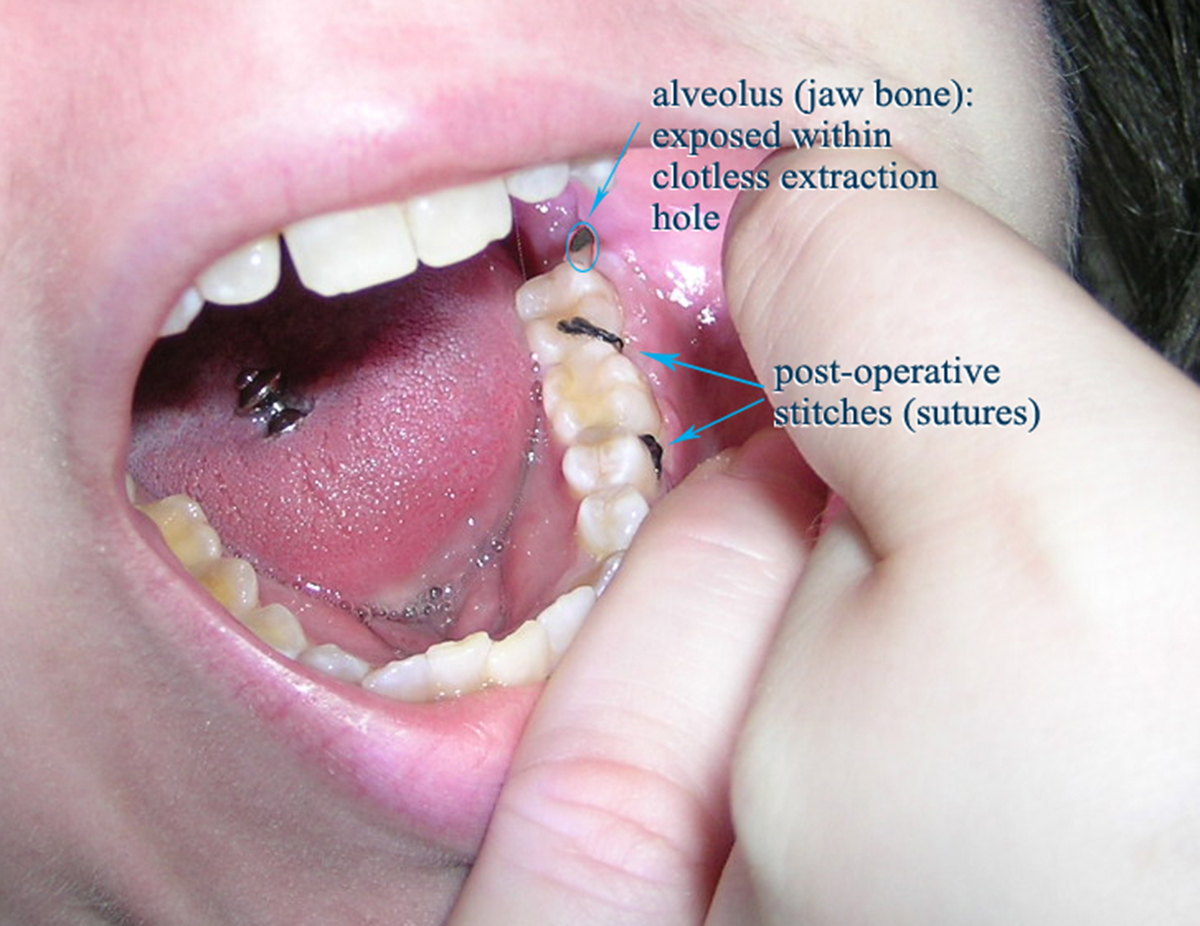
Symptoms
Many symptoms may occur after the wisdom tooth extraction, and pain is the most common of all. If you start feeling pain not only in the area of the extracted tooth but also in the eye and ear on the same side of the face as the extracted tooth, then it is a symptom of a dry socket. There are a few more symptoms of dry socket, and they include swelling of the lymph nodes around the jaw and neck, unpleasant taste in the mouth, bad odor, etc.
Treatment
There are various methods that you can use as a treatment for dry sockets after wisdom tooth extraction. You can use some painkillers or nonsteroidal anti-inflammatory drugs, but you should always talk to the specialist and ask him/her for a prescription of the stronger medication in case these don`t help you relieve the pain.
You should have your socket cleaned and filled with medicated dressing in case of dry socket after tooth extraction. You should change the dressing every day for the next few days.
Antibiotics may also be prescribed by the specialist to prevent infections. Dental and oral hygiene is very important, so keep the socket clean from debris, and sometimes a special mouthwash or saline water can help in dry socket after tooth extraction treatment.
The complete healing process of a dry socket lasts for about two weeks. If you want to prevent dry sockets after tooth extraction, you should avoid smoking, consuming alcohol, and carbonated beverages, and you should use a straw. Rinsing and brushing the mouth gently, eating only soft food, and avoiding spitting for a couple of days after the surgery can prevent you from a dry socket.
- The study was conducted by reviewing medical records, at a private dental clinic, of patients who fit the inclusion criteria; these patients appeared to have come between April 2022 and April 2023. The study included all patients with age ?17 years diagnosed with dry socket that was resistant to conventional topical treatment, and who received treatment with ciprofloxacin 500 mg three times per day during the study period.
- Out of 15 patients who received treatment with ciprofloxacin 500 mg three times per day during the study period, 11 patients (73.3%) were completely relieved of symptoms within 24 hours, with no need for additional painkillers or nonsteroidal anti-inflammatory drugs (NSAIDs).
- In addition, two patients (13.3%) had a partial response after 48 hours, where their pain was ameliorated from severe to moderate with the use of conventional painkillers (including paracetamol and NSAIDs) and steroidal anti-inflammatory drugs such as dexamethasone (8 mg IM daily) to have total relief.
- On the other hand, the other two patients (13.3%) had a negative response to the treatment and were out of reach for follow-up.
- www.nhs.uk/conditions/wisdom-tooth-removal/complications/
- www.betterhealth.vic.gov.au/health/conditionsandtreatments/wisdom-teeth
- Photo courtesy of Beatgoddess by Wikimedia Commons: en.m.wikipedia.org/wiki/File:Alveolar_osteitis_labeled_dry_socket.jpg


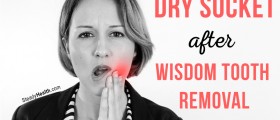
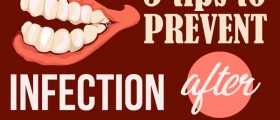
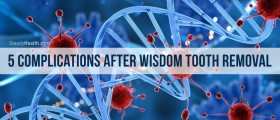
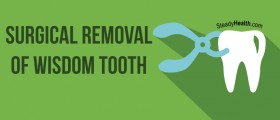






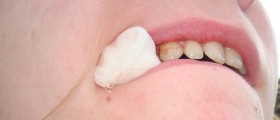

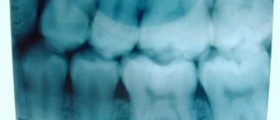

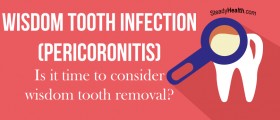
Your thoughts on this
Loading...